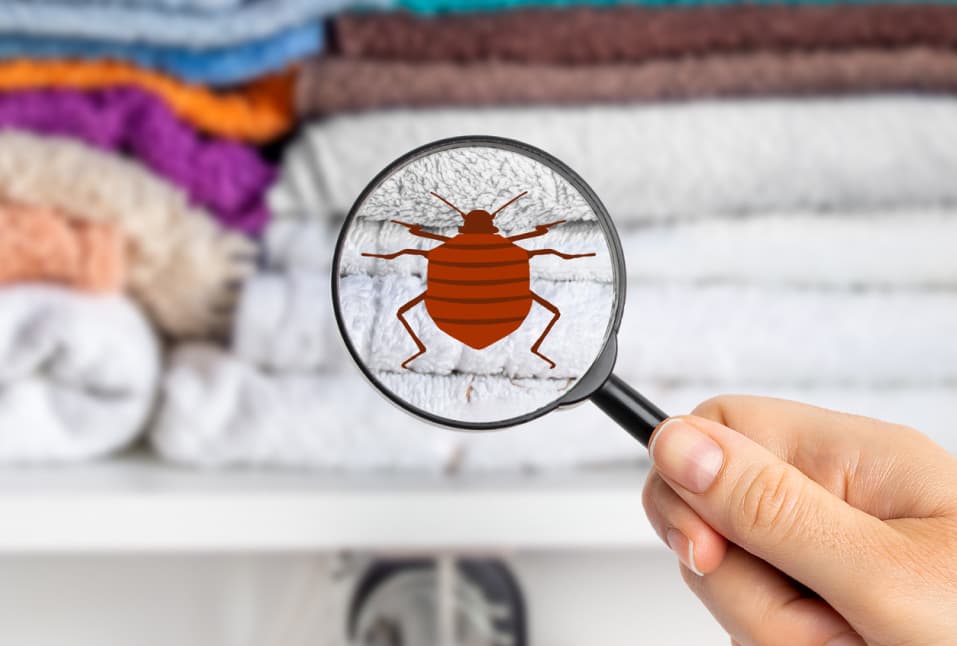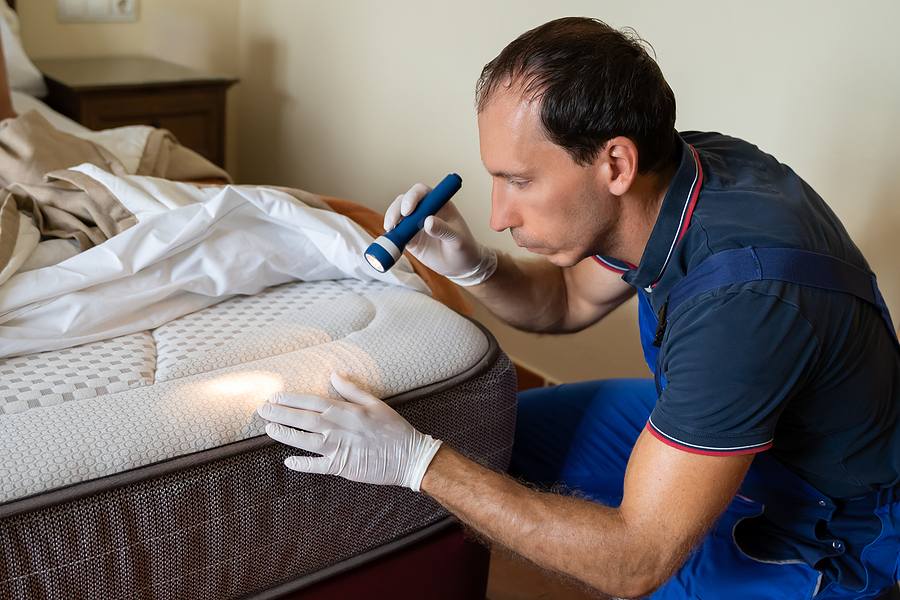Effective Bed Bug Exterminator: DC Services with Heat Treatment
Checking Out the Scientific Research Behind Bed Insect Heat Treatments as a Lasting Bug Administration Strategy
In the world of insect monitoring, the mission for lasting and efficient options remains a continuous search. One such technique that has actually acquired grip in the last few years is the use of warmth treatments to deal with bed bug invasions. By harnessing the science behind thermal fatality factors for these persistent bugs, warmth treatments use a promising option to standard chemical-based approaches. The intricacies of exactly how warmth effectively eliminates bed insects and the wider implications for sustainable bug monitoring practices make this a subject worth discovering even more.
Bed Insect Warm Therapy Process

Thermal Fatality Point for Bed Bugs
Revealing bed bugs to elevated temperature levels past their thermal resistance variety is essential for achieving reliable removal in heat treatment processes. The thermal fatality factor for bed pests refers to the temperature at which these parasites can not survive. Research study shows that bed pests begin to die when exposed to temperature levels over 113 ° F(45 ° C) for a sustained duration. As the temperature boosts, so does the death rate of bed bugs. At around 118 ° F(48 ° C ), bed insects begin to pass away rapidly, with a mortality price of virtually 99% within minutes of direct exposure. This shows the level of sensitivity of bed bugs to heats and highlights the efficiency of warm treatments in eliminating invasions. By getting to and preserving temperatures over the thermal death point for bed pests, insect administration experts can ensure extensive removal of bed bug populaces, consisting of hard-to-reach locations where chemical therapies may be less effective. Understanding the thermal death factor for bed insects is crucial for carrying out effective warmth treatment methods and accomplishing lasting pest monitoring outcomes.
Benefits of Warm Treatments
Having actually established the crucial thermal death point for bed bugs, it is essential to now discover the substantial benefits that warm therapies use in efficiently eradicating these resilient bugs. Our site One of the primary advantages is that warm can pass through deep into holes and splits where bed pests hide, making certain that even the most hard-to-reach locations are warmed to dangerous temperatures.
Furthermore, warm treatments are non-toxic and eco-friendly, making them a sustainable insect administration technique. Unlike chemical pesticides, warm treatments do not leave harmful residues that can posture risks to human wellness or the atmosphere. This element is specifically essential in delicate environments such as health centers, schools, and houses where chemical usage may not be desirable.
Furthermore, heat treatments have a high success price in eliminating bed insect infestations in a single therapy, decreasing the requirement for numerous gos to and reducing disruption to owners. This performance not just saves money and time but also provides assurance to those dealing with bed pest problems.
Performance of Heat Therapy

Study researches have actually constantly demonstrated the effectiveness of warm therapies in attaining a high rate of bed insect mortality. Correctly performed warmth treatments can get to all the crevices and fractures where bed pests may be nurturing, making certain a thorough method to elimination. Additionally, heat therapies have the added benefit of eliminating bed pest eggs, which are typically immune to traditional chemical therapies. In general, the effectiveness of warmth treatments in removing bed bug invasions makes them a lasting and dependable parasite management strategy.
Sustainable Insect Monitoring Advantages
Carrying out lasting bug administration practices supplies long-term benefits for both the atmosphere and public health. By utilizing techniques such as warm therapies for insect control, we can reduce the dependence on dangerous chemical pesticides that can have damaging effects on communities and human health and wellness - bed bug heat treatment. Sustainable pest monitoring methods assist in protecting biodiversity by targeting certain parasites without hurting non-target microorganisms, consequently preserving a well balanced environment
Furthermore, lasting parasite management practices add to the general health and wellness of the general public. By lessening direct exposure to poisonous chemicals utilized in traditional pest control approaches, heat therapies give a safer choice for bug administration in household, industrial, and public spaces. This decrease in chemical usage also helps in preventing pesticide residues from infecting water, dirt, and air, guarding environmental high quality.
Final Thought
To conclude, bed insect warm therapies have been revealed to be a sustainable and effective insect monitoring technique. The thermal fatality factor for bed insects makes them at risk to warm therapies, which have many advantages over standard chemical treatments. The performance of heat treatments in removing bed insect problems while decreasing environmental effect highlights the possibility of this technique as a lasting solution for parasite control.
The bed bug heat therapy process entails elevating the temperature within infested locations to a degree that efficiently gets rid of bed bugs and their eggs. By getting to and maintaining temperatures above the thermal fatality point for bed insects, pest management experts can ensure extensive removal of bed insect populations, consisting of hard-to-reach locations where chemical treatments might be less effective. One of the key benefits is that heat can permeate deep into fractures and gaps where bed insects hide, ensuring that even the most hard-to-reach areas are heated to deadly temperatures. Unlike chemical therapies that might leave behind resistant populaces, warmth therapies supply a non-toxic and eco friendly solution that can pass through deep right into furniture, see here wall surfaces, and other hard-to-reach areas where bed bugs hide.
The thermal death factor for bed bugs makes them susceptible to heat treatments, which have many benefits over standard chemical treatments.